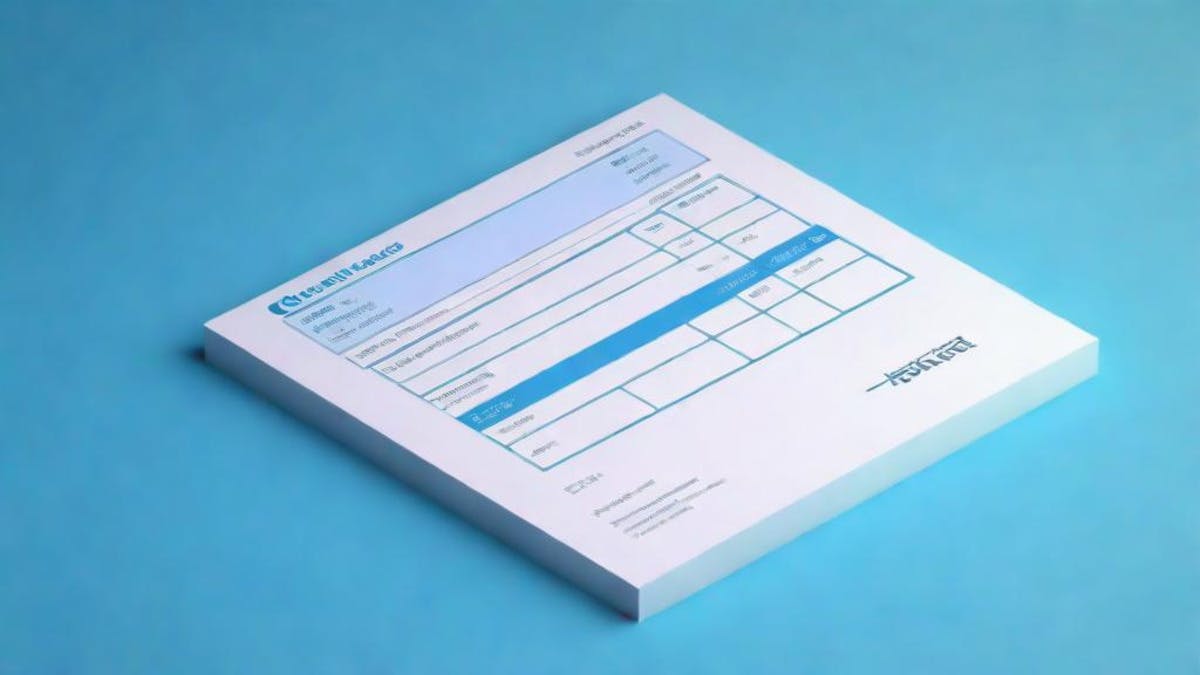A recent surge of 25% in invoice financing utilisation points to a significant increase in the demand for liquidity among Australian SMEs.
According to OptiPay CEO Angus Sedgwick, “More of our clients are relying on their invoice financing facilities to unlock funds for their businesses. They’re grappling with the impact of rising inflation, increased rents, higher interest rates, and the added challenge of settling tax obligations post-COVID.”
Invoice financing offers businesses a credit line secured by their outstanding invoices, allowing them to access up to 90% of the sales value of their Accounts Receivable ledger while maintaining credit terms for customers.
This growing demand for liquidity is mirrored in recent data from Creditor Watch, which reveals a significant depletion of cash reserves in Australian businesses alongside a sharp rise in payment defaults. B2B trade payment defaults soared to a record high in February, marking a 47.9% year-on-year increase. Furthermore, external administrations have surged by 24.6% year-on-year, with the food and beverage sector identified as particularly vulnerable, followed by publication administration and safety and accommodation sectors.
Sedgwick notes, “We’re witnessing a growing number of businesses struggling with reduced cash inflows, making it increasingly difficult for them to meet their own financial obligations. Having an invoice financing facility in place enables businesses to better navigate these challenging circumstances.” He adds, “Many of our clients operate on credit terms of 60 days End of Month (EOM), meaning they receive payments 60 days after the end of the month in which the service or product was delivered. This prolonged period ties up their working capital significantly.”
For business owners in the USA, UK, or Europe, invoice financing is likely a familiar term. It’s akin to receiving an advance on money owed from outstanding invoices, essentially providing a revolving line of credit to bolster cash flow. However, in Australia, it’s estimated that less than 13% of eligible businesses are utilizing this form of asset-based funding. Despite its increasing popularity, there remains some confusion surrounding what invoice financing entails. Angus points out a common misconception: that invoice financing is synonymous with factoring. While both methods assist in managing business cash flow and offer a means to swiftly access funds by leveraging unpaid invoices, they are distinct financing tools. Understanding this disparity is crucial when considering options for your business or advising clients on financial matters.
What is factoring?
Factoring is a financing option where a business sells its unpaid invoices to a factoring company, and in exchange, the factor pays the business a percentage of the value of the invoice upfront, typically between 70-90 per cent.
The factoring company then takes responsibility for collecting payment from the customer directly and keeps the difference between the price paid to the business for the sale of their invoices and what they are able to collect. Because the factoring company’s profit is determined by the buy/sell differential the quicker they can collect from the debtors, the better the margin and therefore the collection tactics used with the debtors may be aggressive.
It’s generally used by businesses that need cash quickly and are willing to sell their invoices in exchange for immediate payment. Factoring may be used by businesses that are in distress and are selling assets, including their invoices to bring in cash.
What is invoice financing?
Invoice financing also uses unpaid invoices to access cash quickly, however, the business retains control over their debtor’s ledger and also the management of their debtors. With invoice financing, the financier establishes a Facility which provides a revolving line of credit secured by the Accounts Receivables ledger of the business. The business can draw as much or as little of the availability each day as it requires to manage its daily cash flow needs, just like a business overdraft except better as the availability is determined by the value of the business’s sales, so the facility limit can increase in line with the increasing revenue of the growing business. Unlike a traditional business loan that requires the business to service the loan by making regular repayments, with Invoice Finance, the Financier gets paid back when the debtor pays the invoices.
Invoice financing is typically most beneficial for businesses that are in the growth phase of their life cycle and need working capital to drive that growth.
Used for the right circumstances, both factoring and invoice financing can help businesses access cash quickly by using their outstanding invoices as collateral, but it’s important to evaluate the costs and benefits of each option before making a decision that suits your business needs.
Keep up to date with our stories on LinkedIn, Twitter, Facebook and Instagram.

